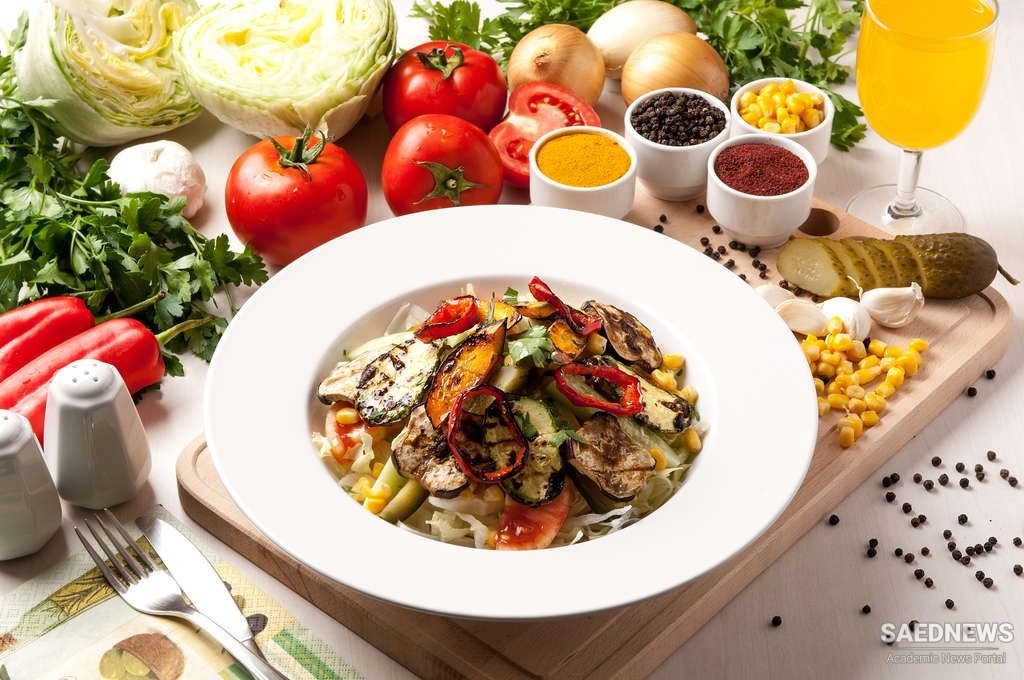As one important facet to the general urge, focusing on food and drink and associated environments and contexts seen as traditional, is that of nostalgia. The impulse is driven in part by discomfort with modern times and ways, and so retreat for short time into some semblance of ‘times gone by’, but also by simple attraction of contrast with everyday. This last is the holiday’s essence. It should be emphasized that old forms are frequently labour-intensive and time-consuming and so this is part of why modern society has relinquished them so much.
That it is now commonplace for women to work, and outside the home, means that a lot of women’s formerly routine activity – such as cake-baking and jam-making, and simply home-cooking (as opposed to home heating-up of ready-prepared meals) – is either not done at all or only infrequently. And meals such as afternoon tea and ‘the cooked breakfast’ have been largely lost to everyday. This renders certain types of food, and preparation, and meal, as exotic, and subject to nostalgia accruing to them, due to becoming distant from usual existence. The culture and way of life of the peasant, the traditionally-operating farmer, the country house estate, the urban working-class terrace home, the small factory operating to old ways, the old-style hotel, restaurant and eating and drinking place, become exhibits that are interesting and worthy of investigating due to their status of being past or non-routine.
In the UK, the tearoom is a particular attraction to visit, and which has a whole culture to itself surrounding teas, scones and cream and home-made cakes, and maybe other light snacks, and consumed off suitably traditional-looking china, all amid an environment denoting age, unchangelessness and gentility – usually expressed by oak beams, frilly curtains and lots of ‘knick-knackery’. Alcoholic drinks rarely feature. Jane Brown describes such a refuge, The Orchard at Grantchester, a place to eat alongside the River Granta near Cambridge made famous by the poet Rupert Brooke, and which – notwithstanding needing to be ‘saved, restored and reopened’ at one stage in the 1980s – is an icon to visit.
Brown say that ‘With only a lightweight wooden pavilion added to save staff and patrons from the weather, it offers a wholly romantic and insubstantial view of life’s pleasures: it has an air of unbelievable innocence (and awfully good soups and cakes – the essence of its charm)’. Brown’s mention of innocence is to convey a strong dimension to such places. Along with other non-industrial scale and style food and drink emporia and providing places, they deliver a sense of Eden uncontaminated. This feature, which whole traditional agricultural countryside can have, is of course, a special appeal in a time of concerns for food safety and other security.
It is clear that there are perennial and basic items to make food and drink and their connected features of appeal. This chapter is seeking to identify those particularly pertinent now or emerging fresh now to lead to the consumer to want food and drink and appurtenances as part of their tourism experience and to see what is in current circumstances to impel providers’ participation.


 Food Tourism and the Consumer Needs
Food Tourism and the Consumer Needs














































